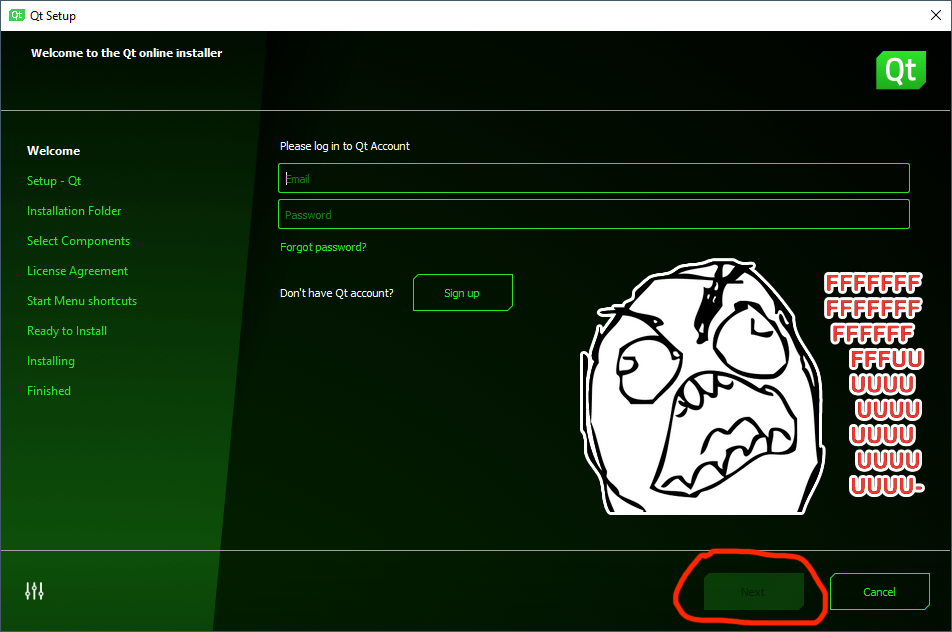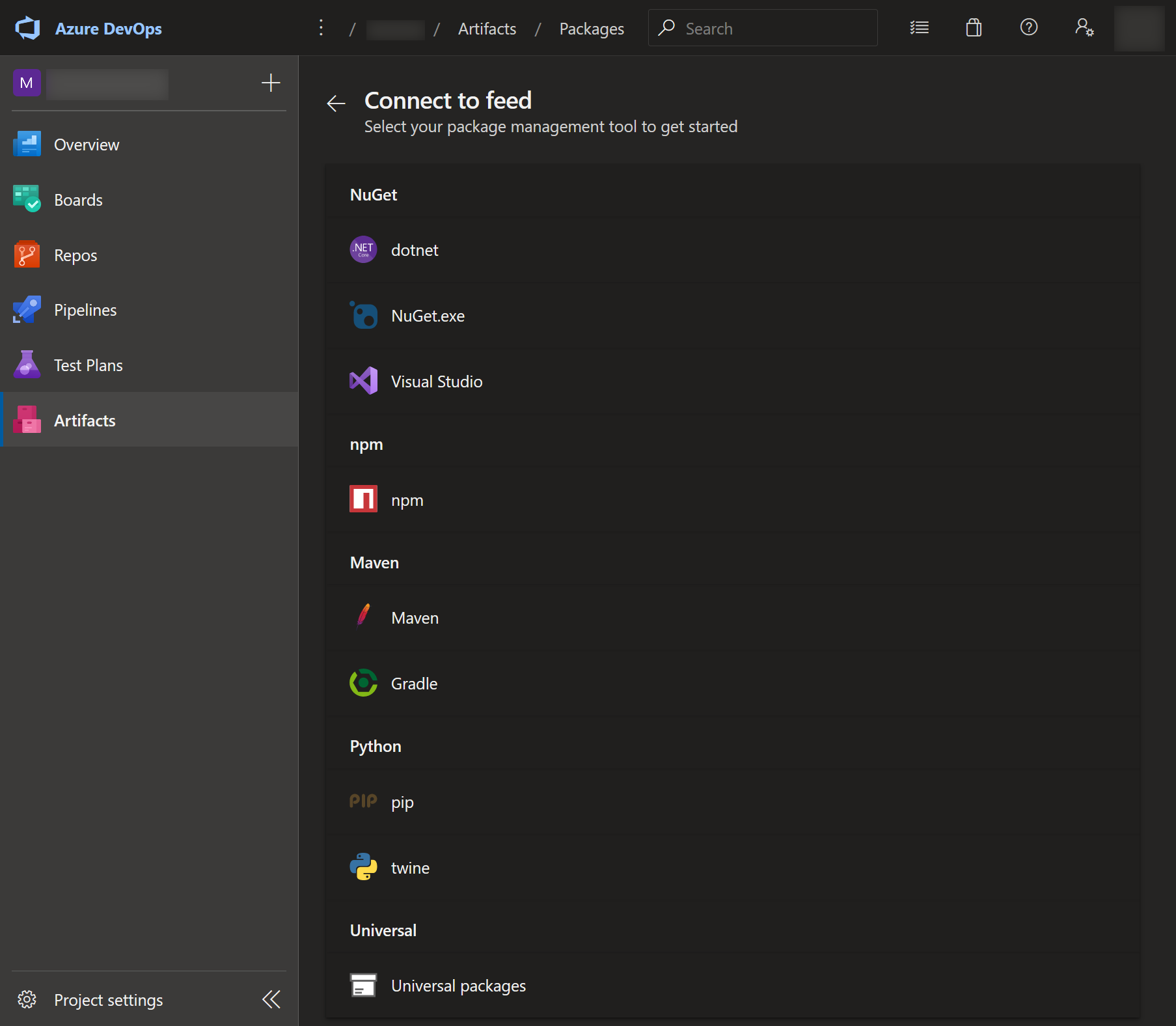-
Installing Qt without installer
2020-12-04 | 14 min readAt some point (beginning of 2020 year) Qt installer started to require users to have Qt Account (again), otherwise you can’t proceed with the installation. More details in the Qt’s official blog post.

That’s something that already happened before, but back then community got really mad about it, so The Qt Company reverted that, and installer started to work without Qt Account. And now they fucking did it again, and apparently this time community wasn’t that mad (or there is nothing left of that community after all the stunts The Qt Company has been pulling over the past years).
Anyway, I won’t tolerate such anal-probing, so The Qt Company (or rather its management) can go fuck itself, and I’ll be just building Qt from sources - it’s not that scary as it sounds.
Read more -
Finding optimal 7-Zip parameters for creating a ZIP archive
2020-11-09 | 2 min readWe were packing our builds into ZIP archives for distribution right in TeamCity using its built-in artifact packaging. But then we decided to try to do that explicitly with 7-Zip as a dedicated build step, and that turned out to be a faster option, providing a better compression ratio too.

The only question remaining was finding the right balance between compression level and compression time.
Read more -
.NET Core Identity with PostgreSQL
2020-10-17 | 7 min readA couple of years ago I wrote a post about setting up Identity in .NET Core MVC application with MySQL. Now I am starting a new project, and this time I want to try using PostgreSQL.

It is also a good timing to prepare for the upcoming .NET 5, which is about to release next month, so I decided to do it with .NET 5.0 RC2 right away.
Read more -
matplotlib animation on Mac OS
2020-09-05 | 4 min readI’ve got a weird problem with one of my Python scripts. It creates a chart with animation, and this animation works fine on Windows and Linux, but on Mac OS it just doesn’t show up. Here’s a video demonstration:
If video doesn’t play in your browser, you can download it here.
Read more -
Data compression in IIS, Apache and NGINX
2020-08-12 | 9 min readSome of our users are residing in areas with very slow or/and metered internet connection, so the amount of data transferred is very important to them. And since web servers do support data compression, enabling it can certainly improve the situation for such users.

We took IIS, Apache and NGINX and ran some tests to see how compression is configured in each of them and to compare how well do they do it.
Read more -
TeamCity Prometheus metrics in Grafana
2020-07-14 | 5 min readSince we added a Grafana instance to our infrastructure, we started visualizing absolutely every single thing with it. So no wonder that eventually we turned our eyes to TeamCity.

In 2019.2 release TeamCity started exposing its metrics in Prometheus format, and that’s how Grafana can get those, as Prometheus is one of its supported data sources.
Read more -
Jupyter Notebook on a subdomain of your website
2020-05-27 | 10 min readJupyter Notebook is kind of a Python (and some other languages) sandbox, where you can mix text (Markdown) with code blocks and “run” all that in a web-browser. So it’s like running Python interpreter in interactive mode, but more convenient and user-friendly.

So, here’s the plan:
- install and run a local instance of Jupyter Notebook on Linux server
- local here means that Jupyter instance itself will be bound to
localhost(not available from the internet) - also create a systemd service
- local here means that Jupyter instance itself will be bound to
- interface it with the internet via NGINX as a reverse proxy
- using HTTPS, of course, so the existing certificate needs to be extended
- host it on a subdomain of existing website, so there will be a new DNS record
- install and run a local instance of Jupyter Notebook on Linux server
-
Visitors analytics with GoAccess
2020-05-20 | 8 min readLike I already mentioned in my other post about server-side visitors analytics with .NET Core middleware, if you are relying only on Google Analytics, then you are missing a good portion of data about your visitors.
Recently I discovered one more way to analyze visitors data - by using GoAccess tool (and its nice web-reports):

What’s especially great about this tool is that it analyzes web-server access logs, so it is the most trustworthy and “closest to reality” data about your visitors that you can possibly ever get.
Read more -
NuGet and npm packages in Azure DevOps Artifacts for a C++ library
2020-03-05 | 19 min readThese days more and more developers are incapable of working with anything else but packages, as manually unpacking a ZIP archive and copying libraries with headers to the right places seems to them an impossible task.
But apart from said developers, using packages can indeed improve the development experience.

We distribute our C++ based SDK to many other teams, and for quite a some time they were asking us to do it exactly in packages (in particular, with NuGet and npm).
Read more -
Adding Exchange account to iOS devices enables their remote wipe
2020-02-01 | 2 min readIf your company (like ours) uses self-hosted Exchange server instances for e-mails, then most likely you’d want to add your e-mail account to your iPhone/iPad.

What might come as surprise to you (like it was for me) is that doing so exposes your device to a remote wipe by your Exchange administrator.
Read more

